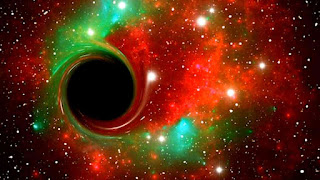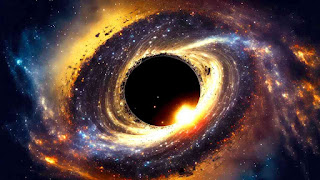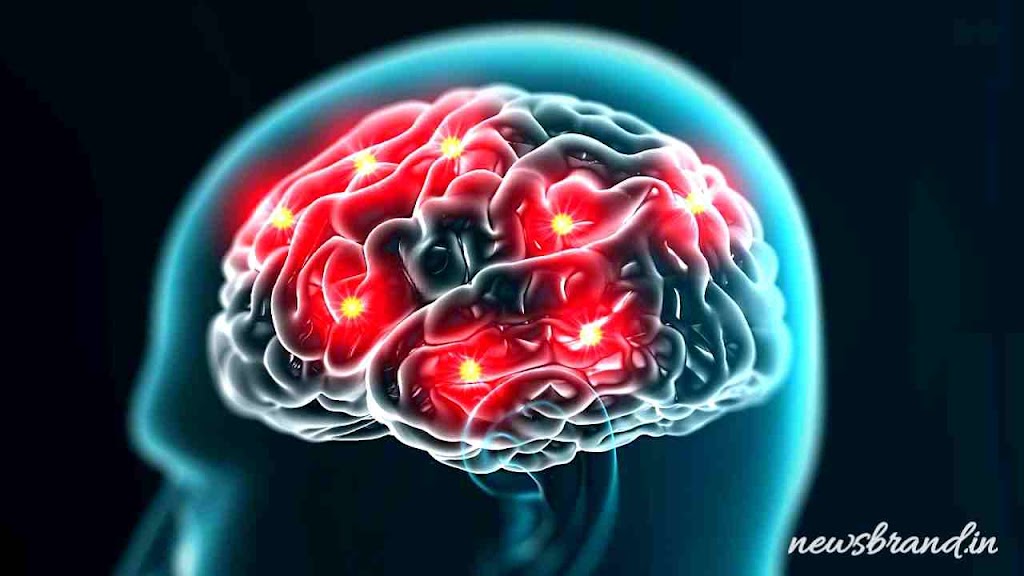Black Hole New Theory And Top 10 Facts
Black Hole Summary
What is black hole?
A black hole is a region of space where the gravitational pull is so strong that nothing, not even light, can escape its grasp. It is created when a massive star collapses under its own gravity, compressing its matter into an extremely small and dense point called a singularity.
Black holes are characterized by their event horizon, which is the point of no return beyond which anything that enters is inevitably pulled towards the singularity and crushed into oblivion. The size of the event horizon depends on the mass of the black hole; the more massive the black hole, the larger its event horizon.
Black holes can be detected indirectly by observing their effects on nearby matter or by detecting the radiation emitted from the material that is being consumed by the black hole. While black holes themselves cannot be seen directly, their presence can be inferred by the way they affect nearby stars and gas.
10 fact about black hole in the universe?
here are 10 facts about black holes in the universe:
- Black holes come in different sizes, from the relatively small stellar black holes to the supermassive black holes that are thought to be at the centers of most galaxies.
- The closest known black hole to Earth is located about 1,000 light-years away, in the constellation Telescium.
- Black holes do not “suck in” matter like a vacuum cleaner. Rather, they attract matter with their gravitational pull, which becomes stronger the closer the matter gets to the black hole.
- Black holes can be detected indirectly by observing their effects on nearby matter or by detecting the radiation emitted from the material that is being consumed by the black hole.
- Black holes can spin, and the faster they spin, the stronger their gravitational pull becomes.
- If a black hole is part of a binary system with another star, it can pull material from its companion star, forming a disk of matter around the black hole known as an accretion disk.
- When matter falls into a black hole, it heats up and emits radiation known as X-rays, which can be detected by X-ray telescopes.
- The extreme gravity near a black hole causes time to appear to slow down for observers who are far away, a phenomenon known as gravitational time dilation.
- Black holes can merge with one another, forming even larger black holes.
- It is currently impossible to observe the interior of a black hole, as anything that falls past the event horizon is believed to be destroyed by the intense gravitational forces.
Which is the best related theory of black hole?
The theory of general relativity, proposed by Albert Einstein in 1915, is considered the best related theory of black holes. This theory describes the relationship between matter and energy and the geometry of space and time.
According to general relativity, the gravity of a massive object warps the fabric of spacetime around it. This warping causes objects to follow curved paths around the massive object, much like how planets orbit around a star. When a massive object, such as a star, runs out of fuel and collapses under its own gravity, it can form a black hole, where the gravitational pull is so strong that not even light can escape.
General relativity has successfully predicted several phenomena associated with black holes, such as the bending of light around a black hole and the redshift of light emitted near a black hole. The theory has also provided a framework for understanding the behavior of black holes, including the formation of accretion disks and the merging of black holes.
However, it is worth noting that general relativity may not be the complete theory of black holes, as it does not account for quantum effects that could be important at the singularity within a black hole. There is ongoing research to develop a more complete theory of black holes that incorporates both general relativity and quantum mechanics.




